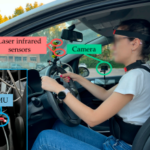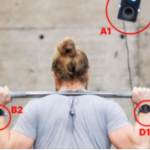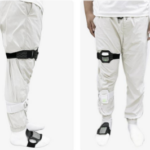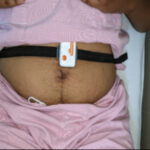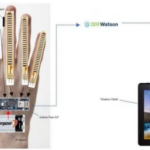Falls are the most common cause of injury in older adults, posing a significant health risk to the elderly as well as a significant cost burden to the healthcare system. Every year, hundreds of thousands of people, primarily older adults, suffer serious injuries from falls, which can lead to serious disability or even death. According to the World Health Organization (WHO), older adults are more likely to fall, with approximately 28-35% of people aged 65 and older falling each year, increasing to 32-42% for those aged 70 and older. in addition, because bone mineral density (BMD) and body mass index (BMI) are generally lower than those of men, older women are at risk is higher. Therefore, an effective fall detection and prevention system is an important initiative to address this global health challenge.
Currently, there are three broad approaches to collecting and analyzing fall data: vision-based sensors, environment-based sensors, and wearable sensor-based sensors. The first two methods are costly and not suitable for real-life fall detection. Wearable devices can integrate IMU, magnetometer, electroencephalogram (EEG) and electromyogram (EMG) sensors at a lower cost and can be easily worn by people without affecting their daily life.

Rahul Jain's team in India has proposed a deep learning-based fall pre-detection system (FDS) that detects falls within 0.5s of the onset of the fall phase, thus gaining a 0.5s lead time for subsequent protective measures. To achieve this goal, the team developed a set of wearable sensors for collecting human fall data and a method to automatically extract temporal features (fall phases). The extracted temporal features were then trained based on convolutional deep neural networks (CNN) and long short-term memory networks (LSTM).

The fall data consists of four main phases
The team conducted experiments using two standard falls datasets, namely SisFall and KFall, to validate the generality of the system. The method performs very well in the fall detection phase with an accuracy of 99.24% and is applicable to different types of falls. The technique can be used to design and develop wearable devices for human fall detection, and also for human-robotic fall detection, such as exoskeleton robots and smart prostheses.

Link to the paper:https://ieeexplore.ieee.org/document/9923588

